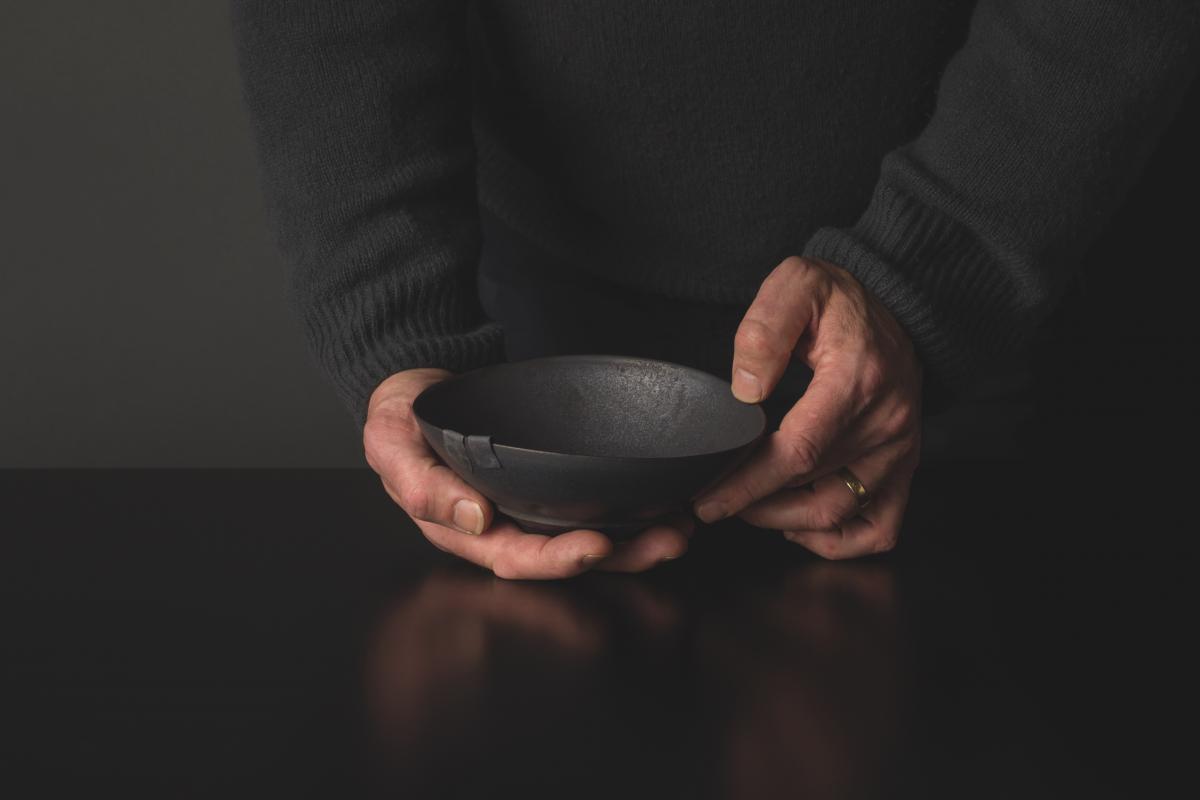This wonderful Cornish workshop and museum is dedicated to the legacy of studio pottery trailblazer Bernard Leach
A Sense of Touch
A Sense of Touch
19 Feb 2021
Artists have long been drawn to the drama, sensuality and tenderness that touch represents. In times when physical contact has been curtailed, our awareness of all it brings is heightened. Here are just a few examples of how its power has been harnessed.
Bridgeman Images
Caravaggio’s The Incredulity of St Thomas, 1602-3
Saint Thomas, the doubting apostle, fingers a wound in the risen Christ’s flesh. Its impact is physical – a human reflex of mingled fascination and disgust, which can be felt as viscerally now as in 1602, when Caravaggio painted The Incredulity of St Thomas. It’s a response that is empathetic – how would it feel to poke your fingers deep into another’s flesh? – and one that is, in bodily nature, capable of transcending the cultural differences of the centuries.
Bridgeman Images
The Long Engagement, 1859, by Pre-Raphaelite Arthur Hughes
This painting is rich in tactile detail, from the clasped hands to the glossy hair and softfabrics. The length of the engagement is revealed by the ivy long grown over the girl’s carved name on the tree. According to The Touch Test (the largest study yet conducted on attitudes towards touch worldwide) the materials people most enjoy feeling are fur, velvet and silk. These tactile textures provide much of the visual pleasure in the Pre-Raphaelites’ luxuriant canvases.
Bridgeman Images
Gabrielle d’Estrées and Her Sister, the Duchess of Villars, painted, anonymously, c1594
Observe the curious – and sensual – pinch featured in this painting. The meaning of the oddly affectionate gesture shown is unsure. It may have been an allusion to d’Estrées’ pregnancy and the birth, in the same year, of the illegitimate son of Henry IV. The presence of another woman sewing in the background (perhaps preparing a layette for the coming child) would seem to support this.
 ALZBETA JARESOVA
ALZBETA JARESOVA
Edmund de Waal’s winter pot (B10), made during lockdown 2020 specifically to be touched and held
Bringing our urge towards the tactile to the present, among artists responding to current experiences has been Edmund de Waal. He recently exhibited pieces made in lockdown, the first such works in 16 years that were not to be part of installations. Instead they were designed to be touched and held; they are pieces that speak of the need for touch. ‘I was alone in my studio and silent and I needed to make vessels to touch and hold, to pass on… When you pick them up you will find the places where I have marked and moved the soft clay,’ the artist said. This spring he curates an exhibition based on the role of touch in Henry Moore’s works at the Henry Moore Foundation.
Isabella Smith is assistant editor at Crafts magazine.
An extended version of this article features in the spring 2021 issue of The Arts Society Magazine, available exclusively to Members and Supporters.
About the Author
Isabella Smith
JOIN OUR MAILING LIST
Become an instant expert!
Find out more about the arts by becoming a Supporter of The Arts Society.
For just £20 a year you will receive invitations to exclusive member events and courses, special offers and concessions, our regular newsletter and our beautiful arts magazine, full of news, views, events and artist profiles.
FIND YOUR NEAREST SOCIETY
MORE FEATURES
Ever wanted to write a crime novel? As Britain’s annual crime writing festival opens, we uncover some top leads
It’s just 10 days until the Summer Olympic Games open in Paris. To mark the moment, Simon Inglis reveals how art and design play a key part in this, the world’s most spectacular multi-sport competition


